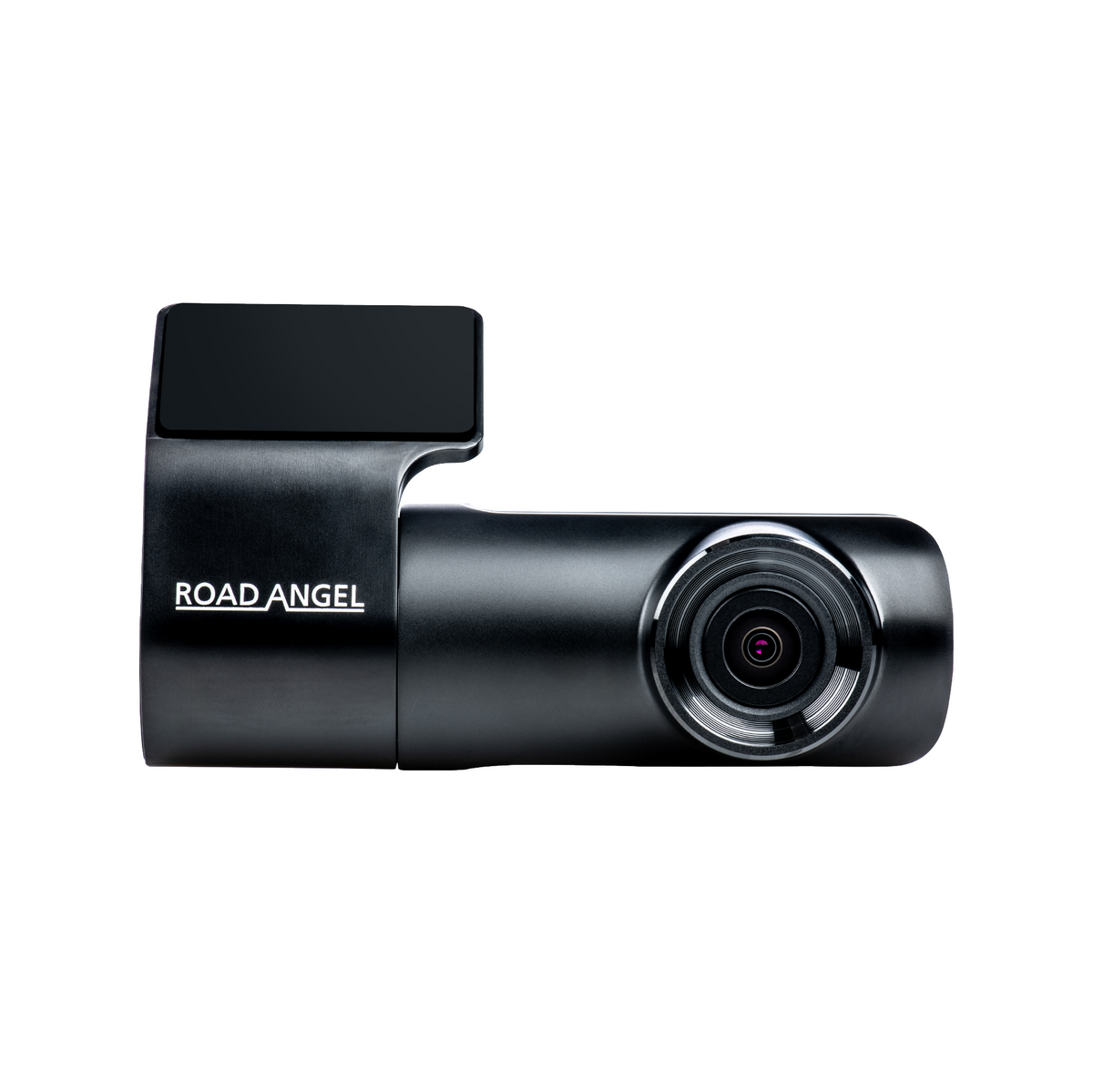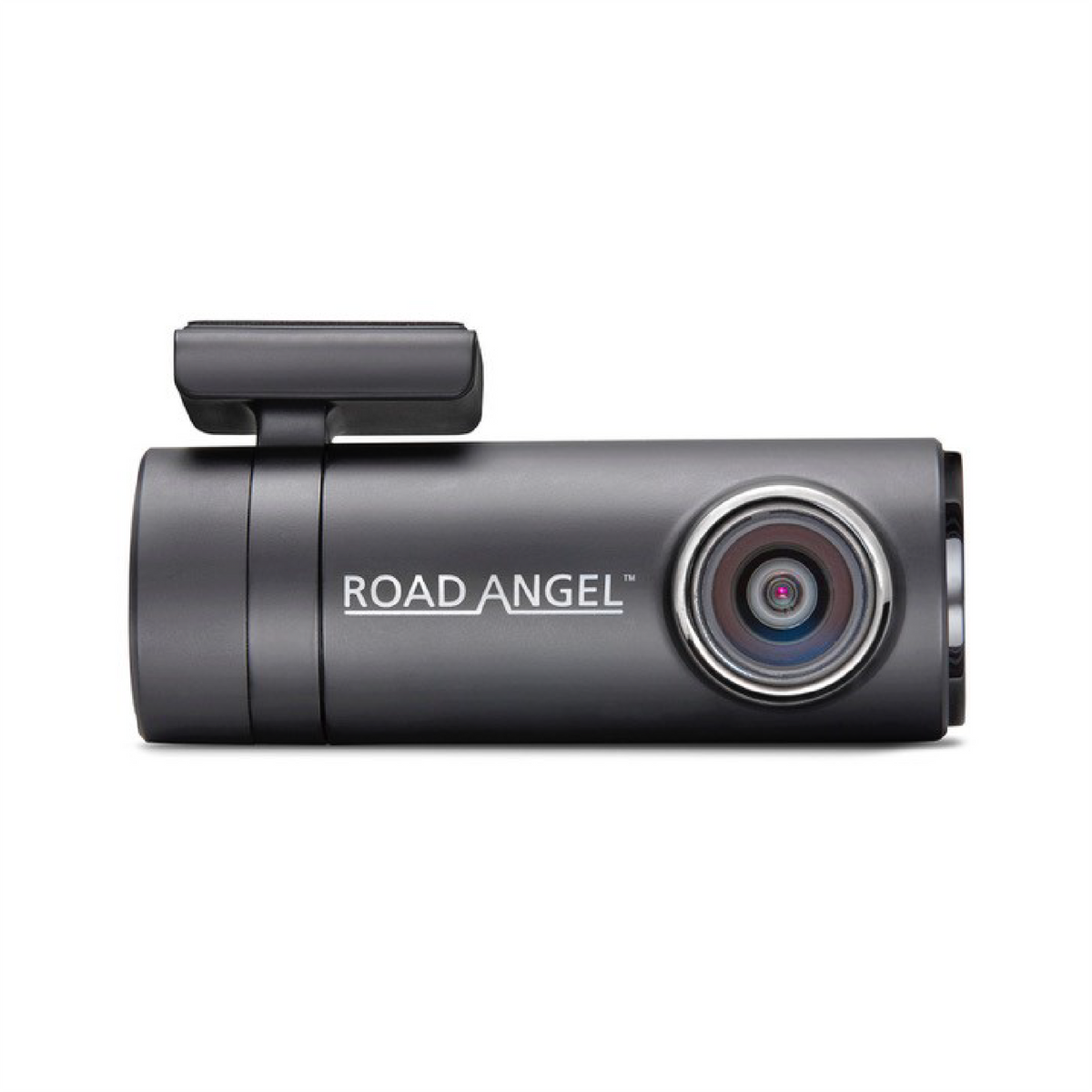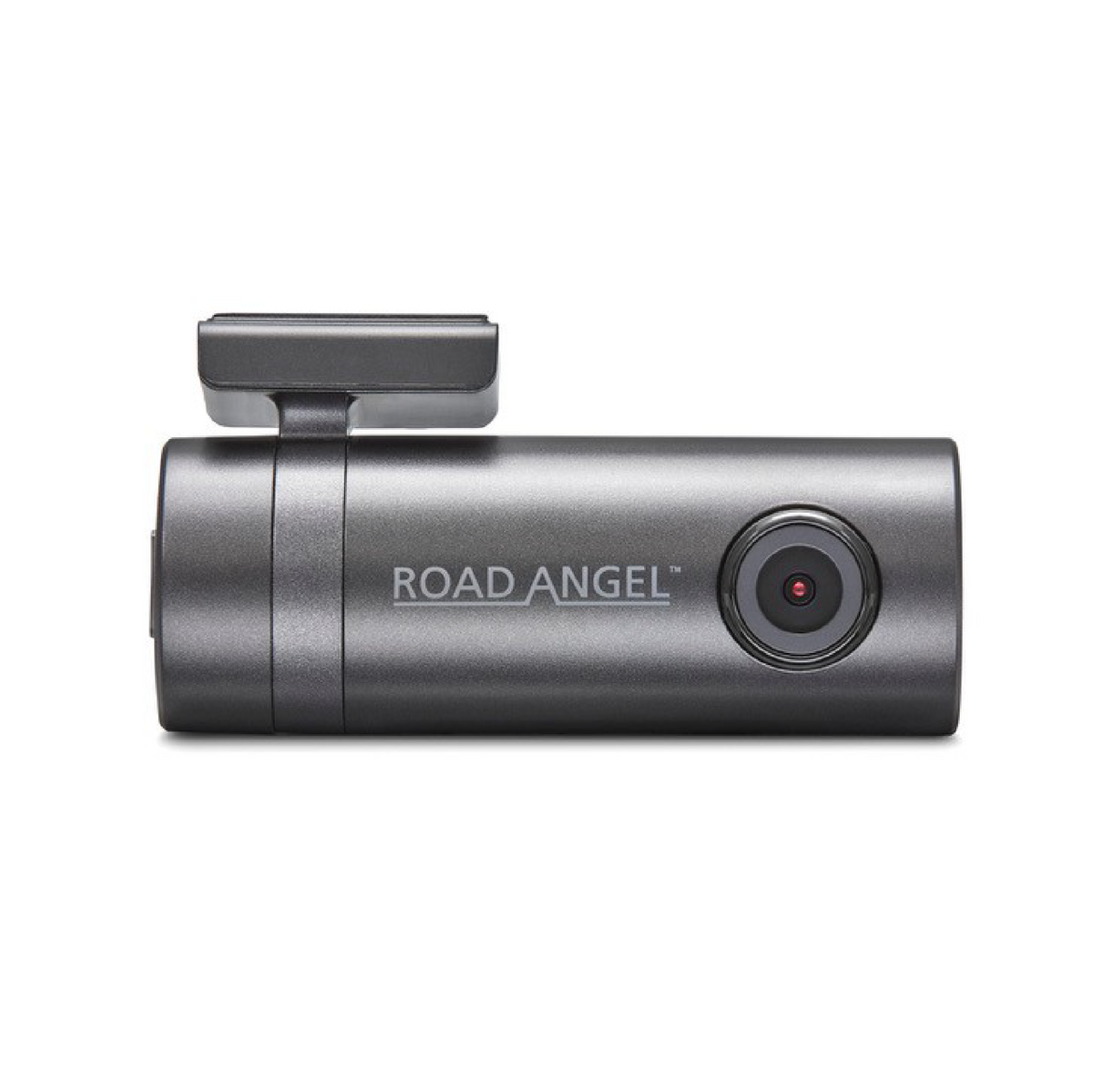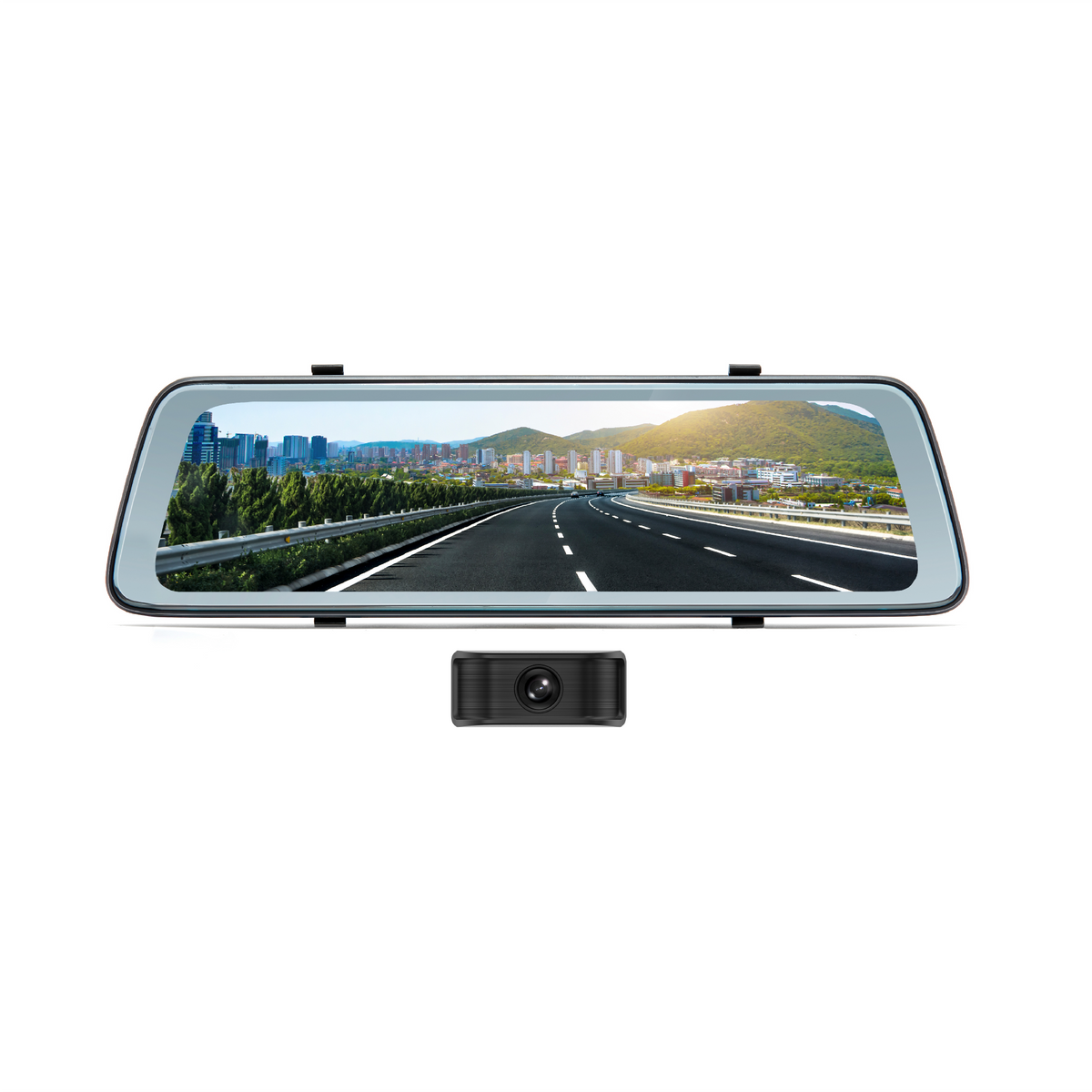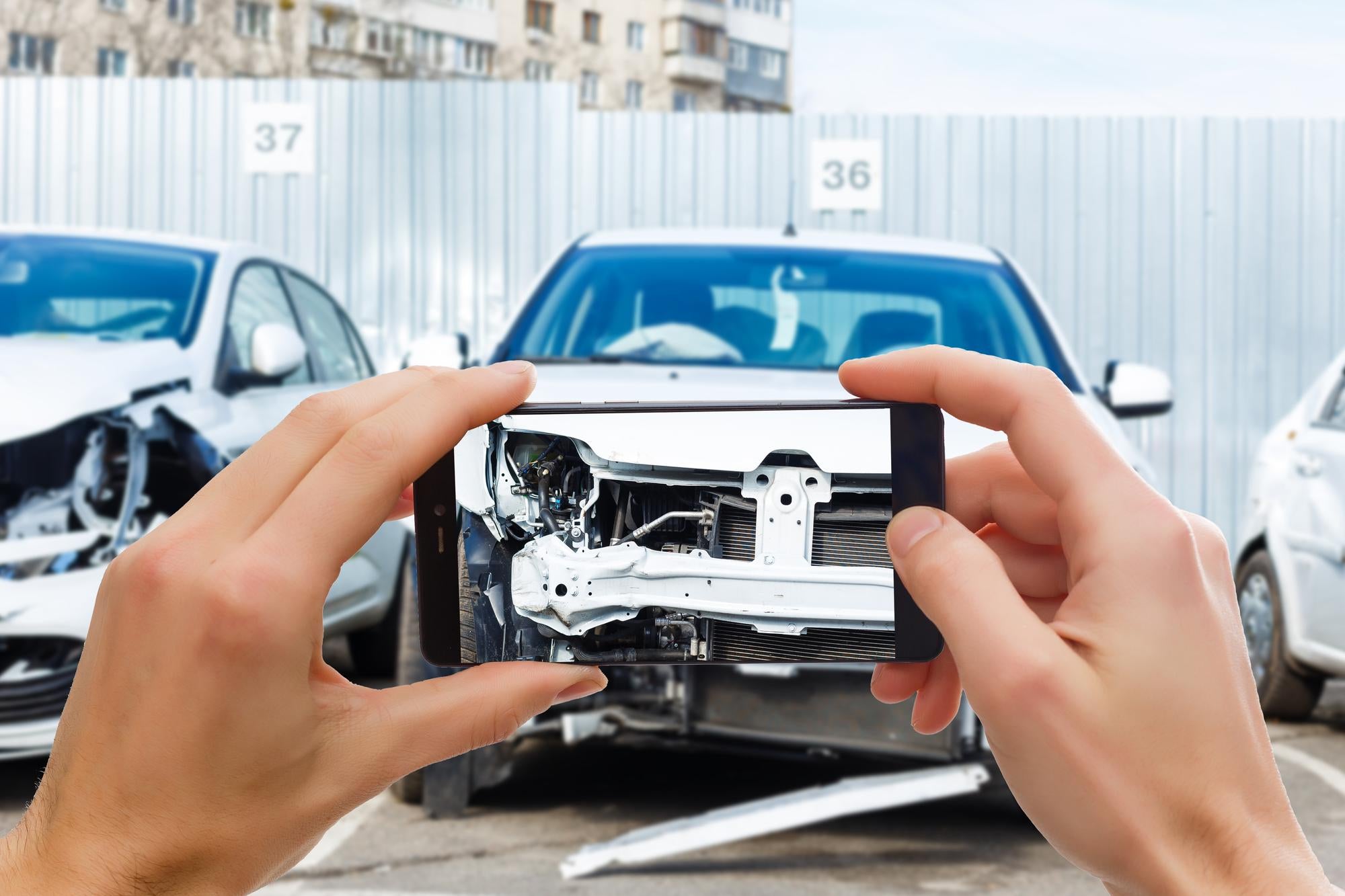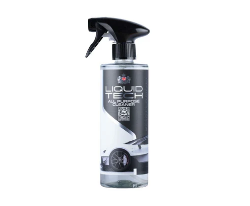You know the score.
The vibrant hues of the environment outside are superseded by a rustic pallet, embracing everything in a sepia haze. Pumpkin spice clings obnoxiously to the air around you, permeating everything, everywhere. Long nights begin to draw in. It all signals that Summer has well and truly retired from its pleasant tenure, replaced by the biting chill of Autumn.
Within the midst of this season, we see the annual festival that normalises scaring others and stuffing our faces with so many sweets. We call this event Halloween. There are various traditions to this period, one of which is the common sight of people dressing up in costumes that range from the typical to the grotesque. The sheer breadth of creative fashion related to Halloween is impressive.
Whilst dressing up is all ultimately a “bit of fun”, drivers should be made aware of the potential perils of how it may infringe upon driving laws, including the Highway Code and the Road Traffic Act (1988). For instance, imagine that you are a sucker for Halloween. Quite literally. You have decided to dress up as a vampire. To complete the look, you have inserted coloured contact lenses into your eyes just before you are about to drive to a cool party that the whole neighbourhood is talking about. Your vision has depreciated because of wearing the lenses, but you are of the belief that style knows no boundaries. Sadly, you are wrong, at least when it comes to driving laws. This is because Rules 92 and 94 of the Highways Code state:
You MUST be able to read a vehicle number plate, in good daylight, from…20 metres (or 20.5 metres where the old-style number plate is used)
Rule 92, The Highway Code [1]
At night or in poor visibility, do not use tinted glasses, lenses, or visors if they restrict your vision
Rule 94, The Highway Code [1]
It may sound like common sense, but visibility influences the risk of a road incident. Evidence supports this association, whereby fog/smoke increases the risk of severe injury and multiple vehicle crashes by 3.24 times and 1.53 times respectively [2].
More relevant to the issue of wearing contact lenses is that wearing prescribed contact lenses to correct deficient vision is known to improve driver safety; wearing cosmetic contact lenses that potentially obscure vision will likely lead to the opposite effect. Beyond safety effects, it is possible to receive a £1,000 fine or three points on your driving licence if you wear anything that limits your vision. Should court proceedings be made against you, the penalty could be a fine (increased to £5,000), 9 points on your licence, and potentially a driving ban. In sum, it’s a lose-lose situation.
Reflecting on the above information, you decide to be sensible and wait until you are at the party before you put the contact lenses in. Good start. But now, you are considering wearing a cape. Maybe gloves too. Possibly some awkward shoes that you deem are in fitting for the style you are representing.
This is all a bad idea, summarised by the erudite Edna Mode from the Disney classic ‘The Incredibles’. She states that all superheroes perish because of their capes! Even though the advice is contained within a fictional story, the advice from this fictional character is based upon sound logic (taken to the extreme) that clothing can influence safety risk. In the driving context back here in the real world, Mode’s advice relates to Rule 97 of the Highway Code:
Clothing and footwear [should not be used that] prevent you using the controls in the correct manner
Rule 97, The Highway Code [1]
Again, quite a common-sense rule, evidenced by a lower rate of road incidents in motorists that wear clothing that don’t interfere with vehicular control. Such a rule is closely connected to Section 3 of the Road Traffic Act (1988), which stipulates that if drivers do not drive with suitable care and attention, they are guilty of an offence [3]. How “suitable care and attention” are defined is subjective to the authority that implements the law, but the principle underlying it is that distraction should be minimised to enhance driver safety.
The take home message is this: consider whether your costume impedes your ability to adhere to the rules. If it does, wait until you are at the party itself before you dress up or complete your costume. Indeed, in comparison with public holidays and ordinary days, more child casualties occur on Halloween, with a reported 34.2% higher chance of death or serious injury [4]. Reflecting upon this could reduce what I would deem the impact of the “Halloween mentality” related to reduced driver safety.
In summary, being cognisant of the rules, and generally approaching the roads with more caution than usual, could reduce the increased risk of being on the roads during this period. Ultimately, improving driver behaviour will potentially lead to roads being less trick than treat for everybody. Isn’t that a frightfully optimistic thought?
References
[1] gov.uk. (2022, 29 September). Road accidents and safety statistics. Retrieved from https://www.gov.uk/government/collections/road-accidents-and-safety-statistics on 12/10/2022.
[2] Das, S., Brimley, B. K., Lindheimer, T. E., & Zupancich, M. (2018). Association of reduced visibility with crash outcomes. IATSS research, 42(3), 143-151.
[3] gov.uk. (2022). Road Traffic Act: 1988. Retrieved from https://www.legislation.gov.uk/ukpga/1988/52/section/3#:~:text=If%20a%20person%20drives%20a,is%20guilty%20of%20an%20offence.%5D on 12/10/2022.
[4] Hsu, L. M., Wiratama, B. S., Chen, P. L., Saleh, W., Lin, H. A., & Pai, C. W. (2021). Pediatric traffic injuries on Halloween in the United Kingdom: prevalence and injury severity. International journal of environmental research and public health, 18(17), 9093.








